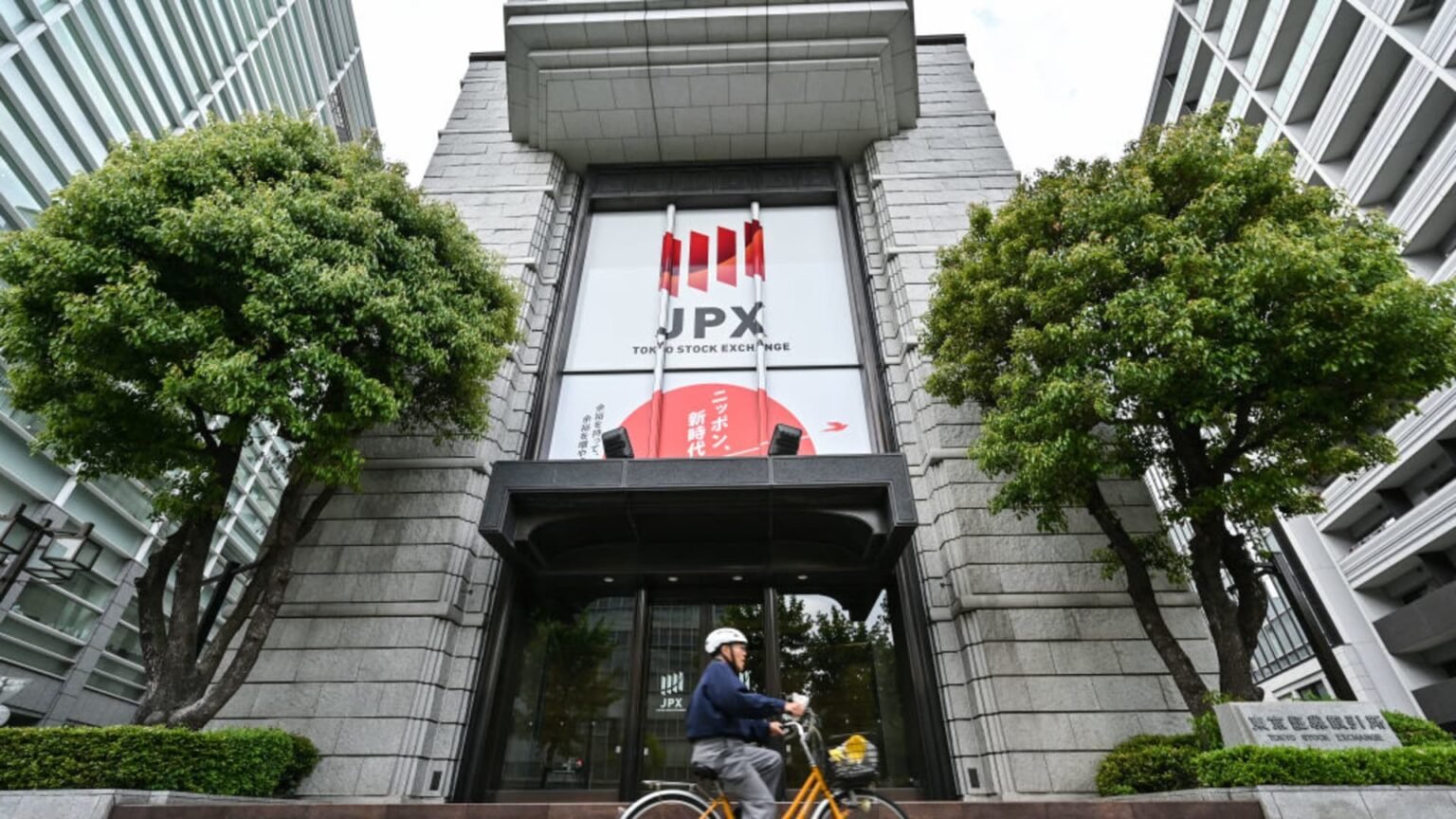The markets in Japan saw a significant drop on Monday, with the Nikkei 225 plunging over 4% while the broader Topix index experienced a smaller loss of 3.13%. This came as investors reacted to the news of Shigeru Ishiba’s victory in the Liberal Democratic Party elections, making him the successor to Fumio Kishida as Japan’s prime minister. August retail sales in Japan showed a 2.8% year-on-year increase, surpassing expectations and indicating positive economic growth.
Meanwhile, in China, key economic data is eagerly anticipated, including the official purchasing managers’ index numbers for September. Economists are predicting a slight improvement in the manufacturing PMI, with expectations for a reading of 49.5 compared to August’s 49.1. The Caixin PMI survey, compiled by S&P Global, will also be released, providing further insights into the Chinese economy’s performance.
On the other hand, Australia’s S&P/ASX 200 index reached a record high, climbing 0.62% to breach the previous peak. In South Korea, the Kospi index fell by 0.54%, while the small cap Kosdaq slipped 0.49%. Market futures in Hong Kong indicated a lower opening, with Hang Seng index futures at 20,910, below the previous close of 20,632.30.
In the United States, the Dow Jones Industrial Average set a new high on Friday, with the index rising by 0.33% to close at 42,313.00. The S&P 500 recorded a slight decrease of 0.13%, while the Nasdaq Composite lost 0.39%. Traders have been encouraged by positive August inflation data, showing the personal consumption expenditures price index increasing by 0.1%, in line with economist expectations. The annualized pace of PCE growth stood at 2.2%, slightly below the forecast of 2.3%.
Overall, global markets are experiencing a mix of movements and reactions to various economic indicators and political developments. Investors are closely monitoring upcoming data releases, such as China’s PMI numbers, to assess the health of major economies. The shifts in market indices in Japan, Australia, South Korea, and the United States indicate the ongoing volatility and uncertainty in the financial markets amidst changing economic conditions. It remains to be seen how these factors will continue to influence investor sentiment and trading activities in the coming days.











